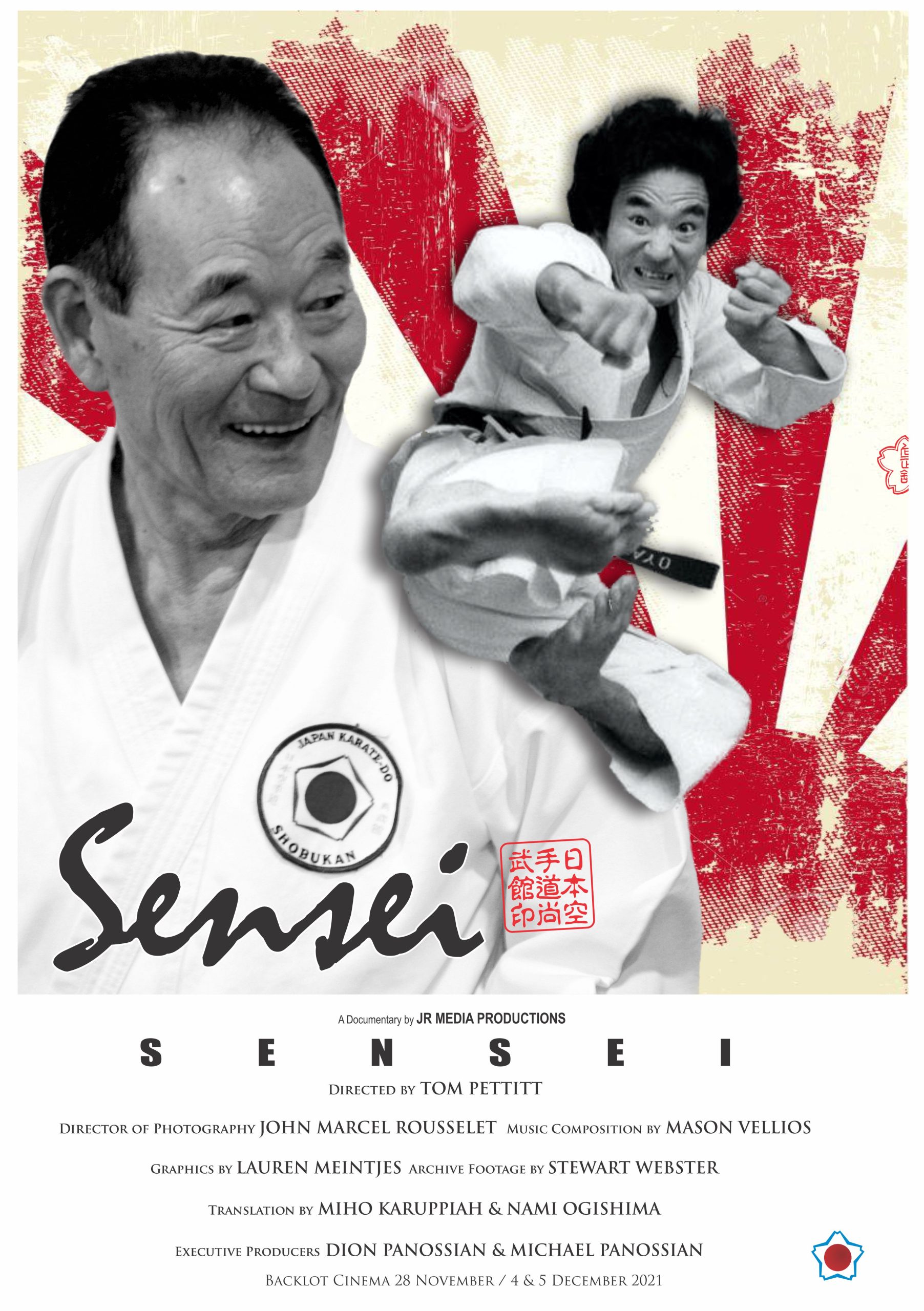Master Kyoshin Kayo
The Life and Legacy of Master Kyoshin Kayo. (18/10/36- 3/5/25)
Kyoshin Kayo—known affectionately to most of us as “Sensei”—was born in Osaka, Japan, on 18 October 1936, to Shoho and Masao Kayo. They had three sons and two daughters.Sensei’s father served as the chief priest at the Jodoshinshu Buddhist temple in their hometown of Toyonaka, Osaka. The temple is adjoined to the family home.. It was there, in 1965, that Sensei would later establish the Shobukan Dojo.
As a child, Sensei often played with his close friend Shogo Kuniba. Shogo’s father, Kosei Kuniba, was a renowned Okinawan karate master in Osaka and the head of the famous Seishinkai Dojo. At just 13 years old, in 1948, Sensei began his formal karate training at Seishinkai, which was then an epicenter for Japan’s elite martial artists. His passion and discipline quickly set him apart, and he went on to devote his life to the art, training under some of the greatest karate masters in history—including Kenwa Mabuni (founder of Shito-Ryu), Hiroki Ohtsuka (Wado-Ryu), Ryusei Tomoyori, and Kosei Kuniba himself. He was also a specialist in Kobudo, the traditional Okinawan weapons system.
After completing high school, Sensei joined the Japan Air Force, where he served as an aircraft maintenance engineer for 12 years. During his service, he also became a swimming instructor, and eventually, chief self-defense instructor in a system known as JIETAI. It was during this time that he met fellow instructor Takeshi Tsukisawa, a Wado-Ryu practitioner. After their military service, the two men opened the Shobukan Dojo. For them, karate transcended style—karate was simply karate.
In the late 1960s, Sensei was deployed to the United States, where he taught karate across the country, including on U.S. Air Force bases. His presence and instruction helped bridge East and West through the discipline of martial arts.
In 1971, Sensei was invited to teach in Australia. He arrived in Fremantle with a vision: to bring authentic Japanese karate to a new generation. He began teaching at Christian Brothers College in Fremantle, as well as the University of Western Australia and Curtin University. Although he returned to Japan after just a year, he had already planted the seeds of what would become one of Australia’s most respected martial arts academies. He returned permanently to Perth in 1973 and reconnected with his students to build a strong, values-based martial arts community.
Sensei’s vision extended far beyond physical technique. He believed deeply in the unity of mind, body, and spirit. He often said, “The best schools develop an all-round person. There must be a good blend of skill, character, and discipline.” In our group discussions, he would sometimes summarize this philosophy with four simple, memorable words: “More balance, more better.” And when behaviour didn’t align with his values, he was never afraid to correct it—with the curt but unmistakable phrase: “No manner have.”
His teaching philosophy was grounded in humility, respect, and self-awareness—principles he encouraged us to carry well beyond the dojo. His peers in Japan often referred to him as a modern-day samurai, a title that became even more fitting in the later years of his life. When he was diagnosed with Parkinson’s disease at the age of 79, he faced it with the same warrior spirit he brought to his training. For the past ten years, he did not simply yield to the illness—he fought it with courage, discipline, and grace, just as any true samurai would.
Sensei’s contributions to martial arts and public service were both vast and distinguished:
• 9th Dan in Shito-Ryu
• 6th Dan in Wado-Ryu
• 5th Dan in Kobudo
• Chief Instructor to the Combined Japanese Defense Forces
• Counselor to the All Japan Karate Federation
• Bodyguard to the U.S. Ambassador at Expo ’70 in Osaka
• Instructor to the U.S. Armed Forces during a tour of America
• Recipient of the Japan Foreign Minister’s Award
• In 2019, awarded the Order of the Rising Sun, Silver Rays, by the Emperor of Japan—one of Japan’s highest civilian honors
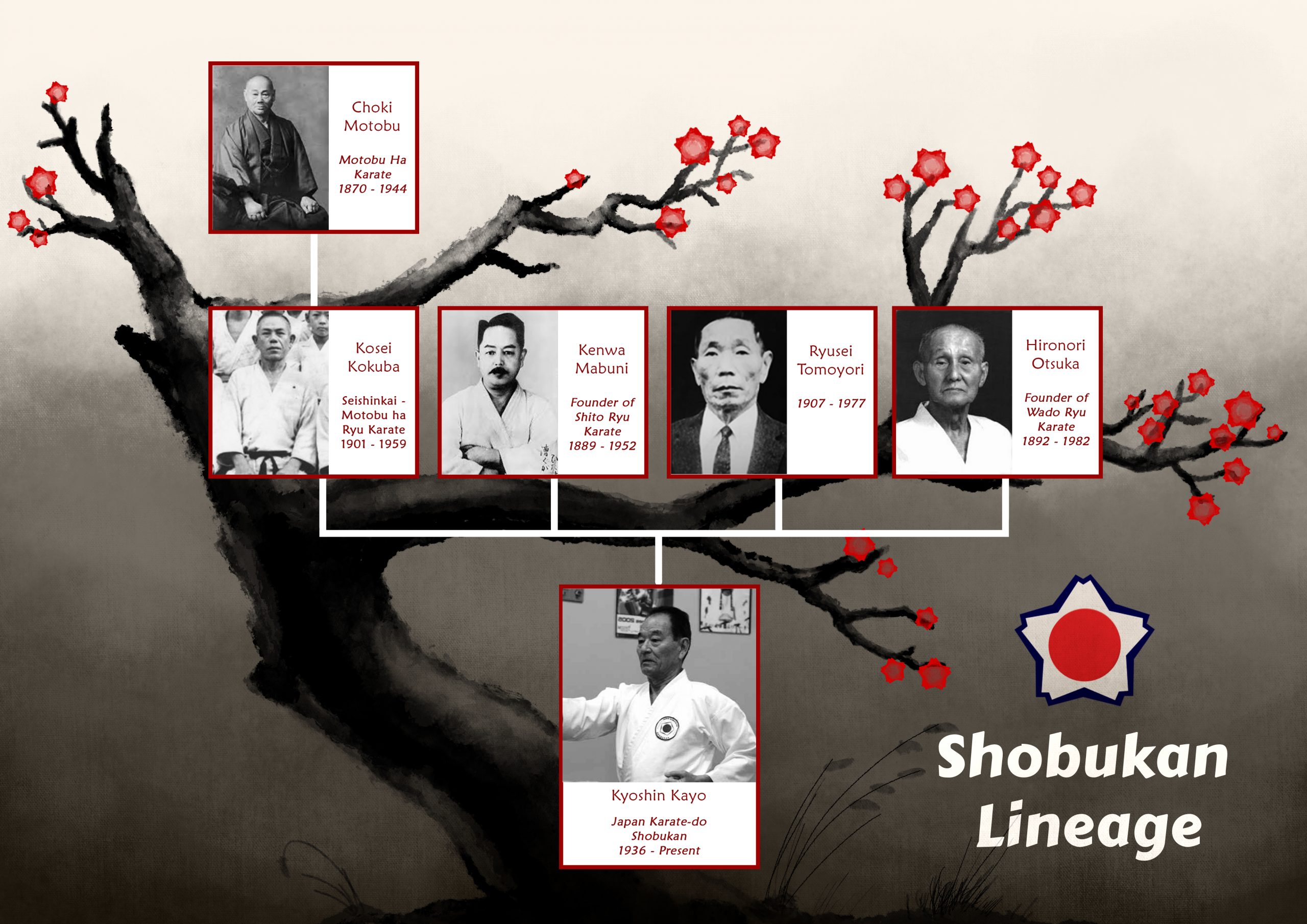
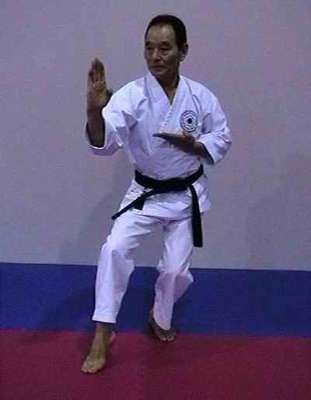
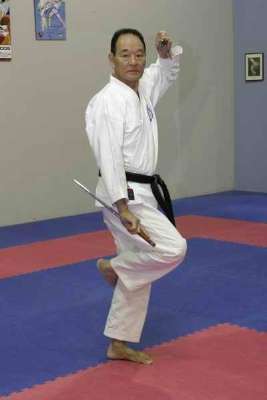
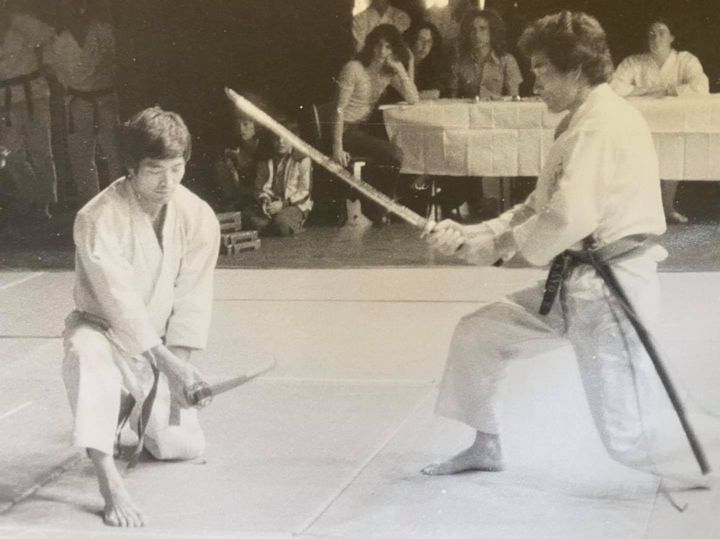
High on the list of priorities for Master Kayo is the level and quality of instructors.He feels that quality must be balanced. It is not all tournament success and physical strength that is the mark of the school.
“The best schools develop an all-round person,there must be good blend of skill and discipline.The whole art is based on physical and mental development-you cannot ever separate the two”
Master Kayo also believes a good Master hopes that his students will go on to become better than him,but at the same time have the development of character to be humble enough to realize who the Master is.
Defense of yourself and others is important. Karate is karate and you can never lose sight of the martial side.You should always train hoping that you will never need to fight but training should be geared towards preparing in case the worse happens.
“A good samurai used to train all the time . He trained not to use the sword,but is ready and able to use it if the need arises”.
We are indeed fortunate to have such a man as Master Kayo as our teacher.
View the full documentary here as seen on SBS – ” Sensei”
